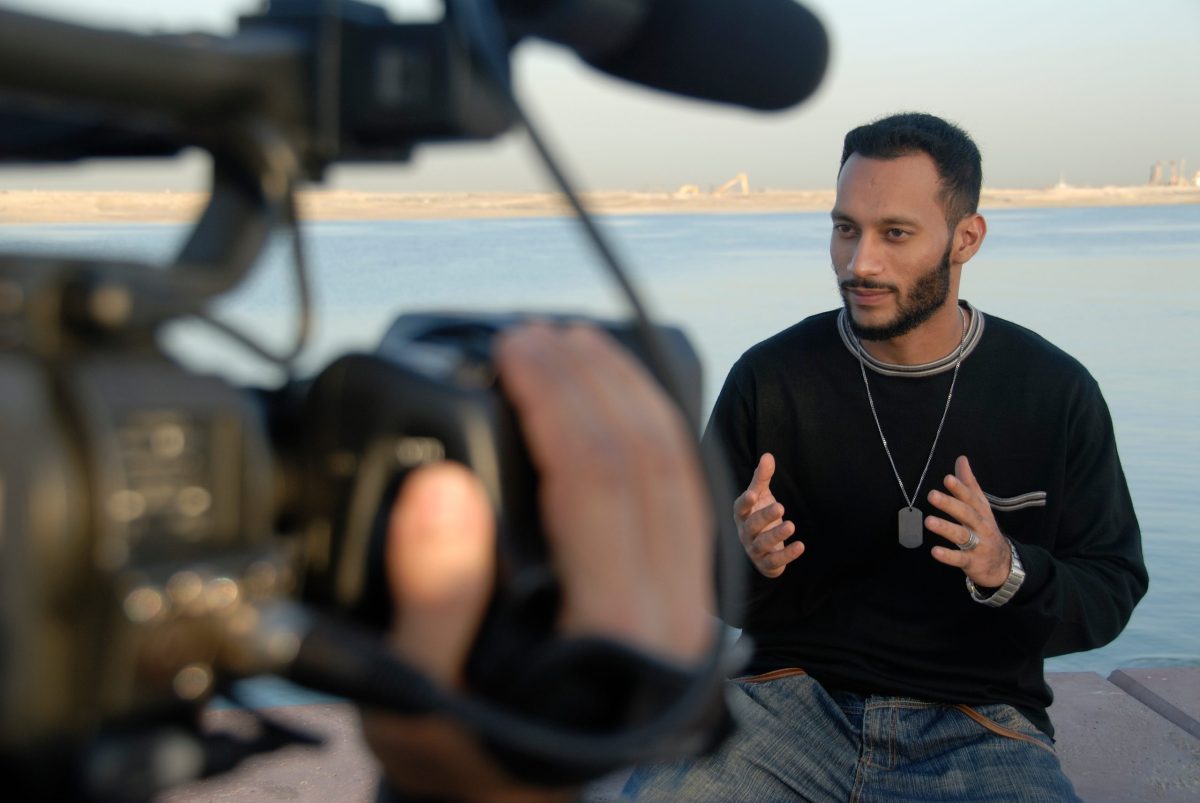A documentary is a nonfiction film that presents information about events or people. The best documentaries are those with informative and engaging narration. In this blog post, we will discuss the history of documentary narration and some of the best documentary narrators of all time.
While certain documentaries may take an advocacy position, most seek to observe and report on their subject matter without taking sides.
In this article
- The History of Documentary Narration
- Narration Styles
- On-Camera Interview Narration
- Voice Over Narration
- The Early Days of Silent Film
- The Rise of Investigative Journalism
- A New Golden Age for Documentaries
- The Rise of Reality TV
Some of the most popular and well-known documentaries include Michael Moore’s ‘Bowling for Columbine’ and ‘Fahrenheit 9/11’, which investigate the gun culture in America; ‘An Inconvenient Truth’, which brings attention to the issue of climate change; and ‘March of the Penguins’, which tells the story of penguin mating rituals in Antarctica.
We will also look at how narration can make or break a documentary. So, without further ado, let’s get started.
The History of Documentary Narration
Documentary narration dates back to the 1800s, and its history breaks down into four main turning points, including:
- The early days of silent film
- The rise of investigative journalism
- The golden age of documentaries
- The rise of reality television
Narration Styles
There are several different techniques that documentarians use to narrate their films. Some use on-camera interviews and others rely on voice over narration. Some use both. Each has advantages and disadvantages, as we will see below.
On-Camera Interview Narration
When it comes to on-camera interviews for documentaries, filmmakers have a few different styles to choose from. The most common is the talking head interview, which films the interviewee sitting or standing in front of a blank backdrop, answering off-camera questions.
This style is often used for expert interviews, as it allows the viewer to see the interviewee while they are speaking.
Another popular option is the verite style interview, which uses a more natural setting without any backdrops or lighting setups. This style can help to create a more intimate feeling, and it can also be less intrusive for the interviewee.
Voice Over Narration
For many documentary filmmakers, a voice over narrator is an essential tool for telling their story. A well-chosen narrator can provide depth and insight that would be difficult to convey through on-screen interviews or footage alone.
The best documentary narrators can strike a balance between being audible and not overwhelming the film’s other audio elements.
They also have a pleasant, relaxing tone of voice that helps to keep viewers engaged. In addition, the best documentary narrators are also highly skilled at reading complex technical jargon in a way that is accessible to a general audience.
With the voice over documentary narrator’s help, documentary filmmakers can create engaging and informative films that educate and entertain audiences around the world.
The Early Days of Silent Film
The first ever filming of documentaries occurred in the late 1800s, but it wasn’t until 1898 that the genre began to take shape with the release of ‘The Kiss’. This short film, which documented a couple’s public display of affection, was significant not only for being one of the earliest examples of documentary filmmaking but also for its use of on-screen narration.
As ‘The Kiss’ demonstrated, narration works to help viewers understand and engage with what they are seeing on screen.
With the advent of sound in film, narration became even more relevant in documentaries. In 1927, John Grierson wrote and narrated ‘Mother Goose’, a short film about English nursery rhymes. Grierson’s voice helped to bring the film to life and make it more accessible to audiences. From then on, narration became an integral part of documentary filmmaking.
The Rise of Investigative Journalism
In the 1930s through the 1950s, documentaries began to be used for investigative journalism. Films like Pare Lorentz’s ‘The Plow That Broke the Plains’ (1936) and Frank Capra’s ‘Why We Fight’ series (1942-1945) used narration to inform audiences about pressing social and political issues.
These films helped to raise public awareness about problems like drought and fascism and inspired viewers to take action.
Investigative journalism continued to be a key element of documentary narration in the 1950s with films like Edward R. Murrow’s ‘Harvest of Shame’ (1960), which shone a light on the plight of migrant workers in America. Thanks to Murrow’s compelling narration, ‘Harvest of Shame’ garnered critical acclaim and won an Emmy Award.
A New Golden Age for Documentaries
In the 1960s and 1970s, documentaries entered a new golden age. As technology evolved, filmmakers were able to capture footage in previously inaccessible places, such as outer space (‘For All Mankind’, 1969) and inside people’s homes (‘An American Family’, 1973).
At the same time, many music-based films used innovative techniques to capture music concerts and other live events as they were happening. These films demonstrated that documentaries were no longer limited to traditional forms or subjects.
The Rise of Reality TV
In the 1980s and 1990s, reality television began to rise in popularity, resulting in a new wave of documentaries that featured real people instead of professional narrators. Shows like ‘Cops’ (1989), ‘The Real World’ (1992), and ‘Hoarders’ (2009) brought stories about everyday people into living rooms around the world.
While some criticized these shows for being voyeuristic or exploitative, others praised them for their ability to captivate audiences and give them a glimpse into worlds they would never have known. Reality TV shone a light on previously unseen slices of life and helped broaden the scope of what could be considered a documentary subject.

Leave a Reply